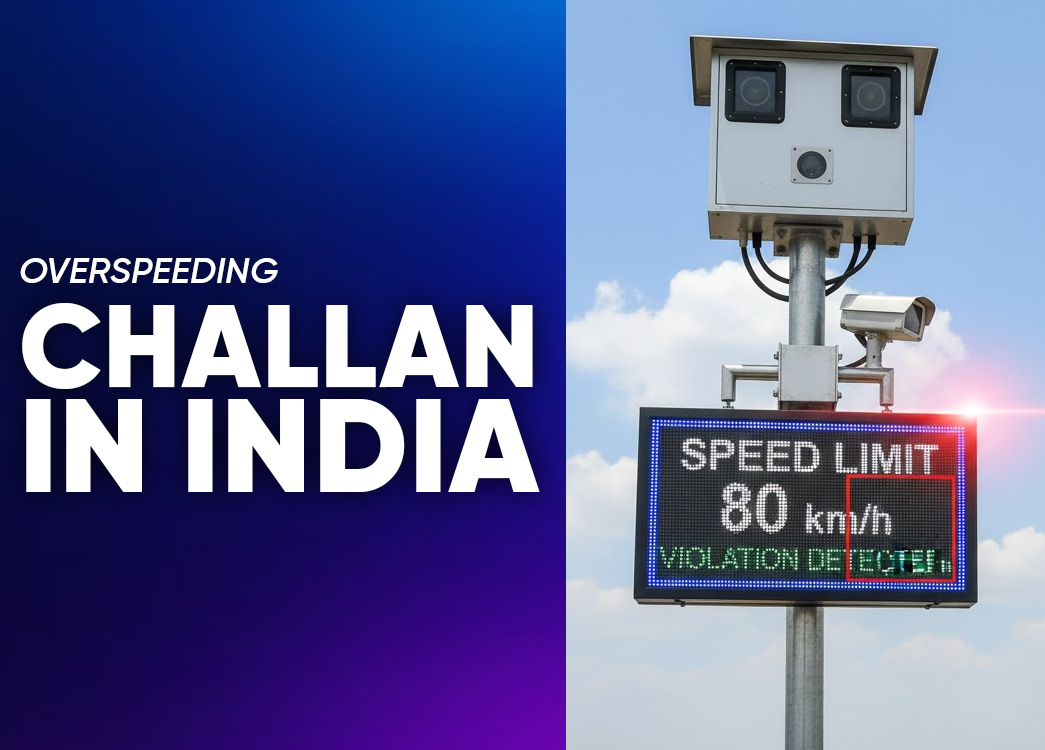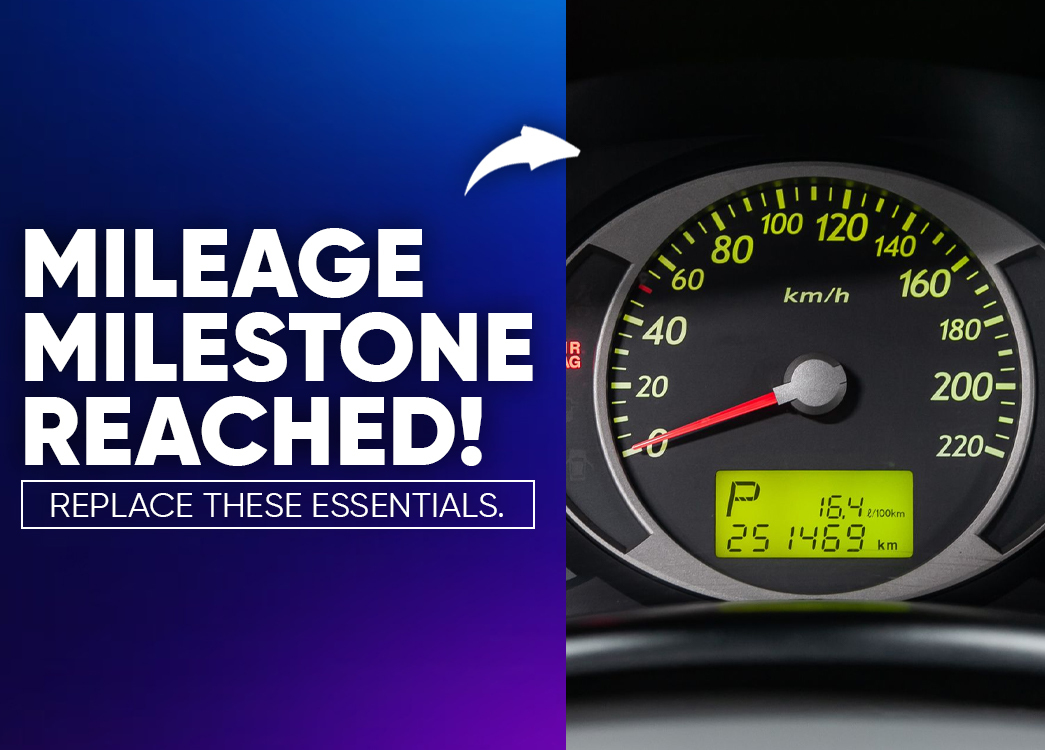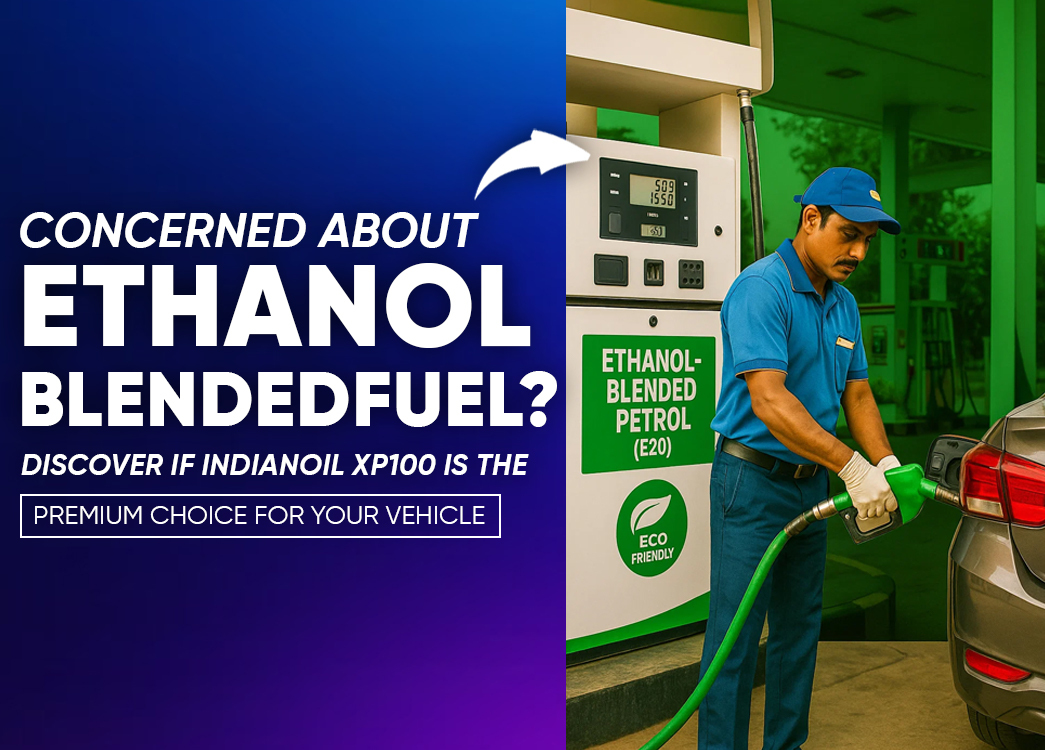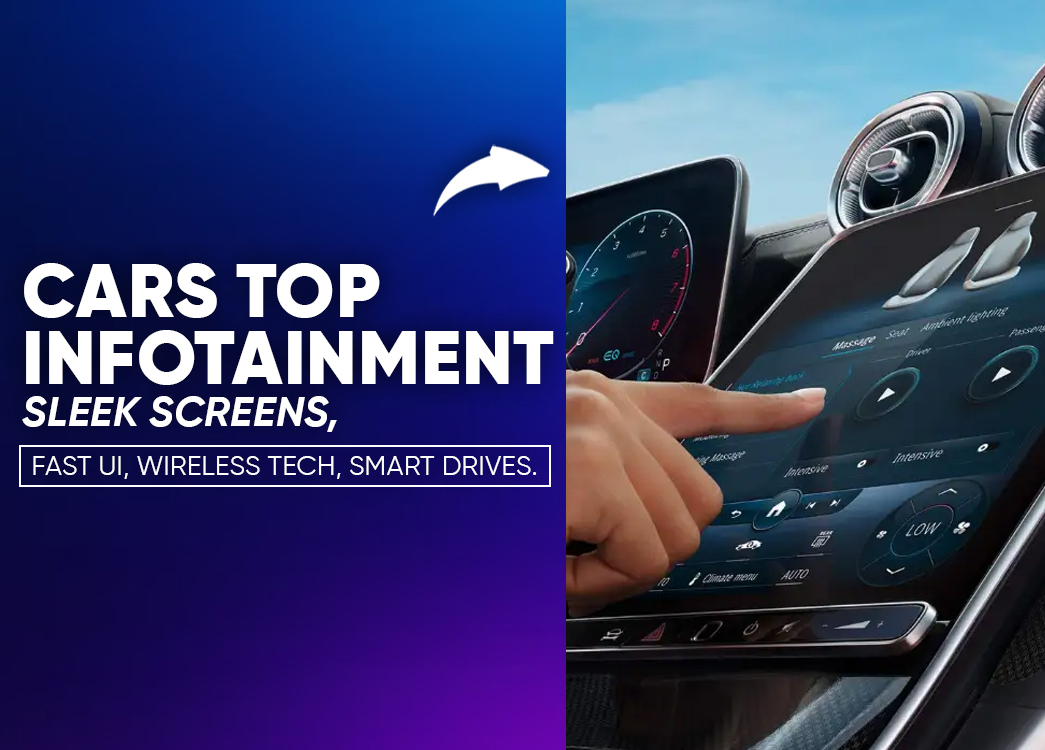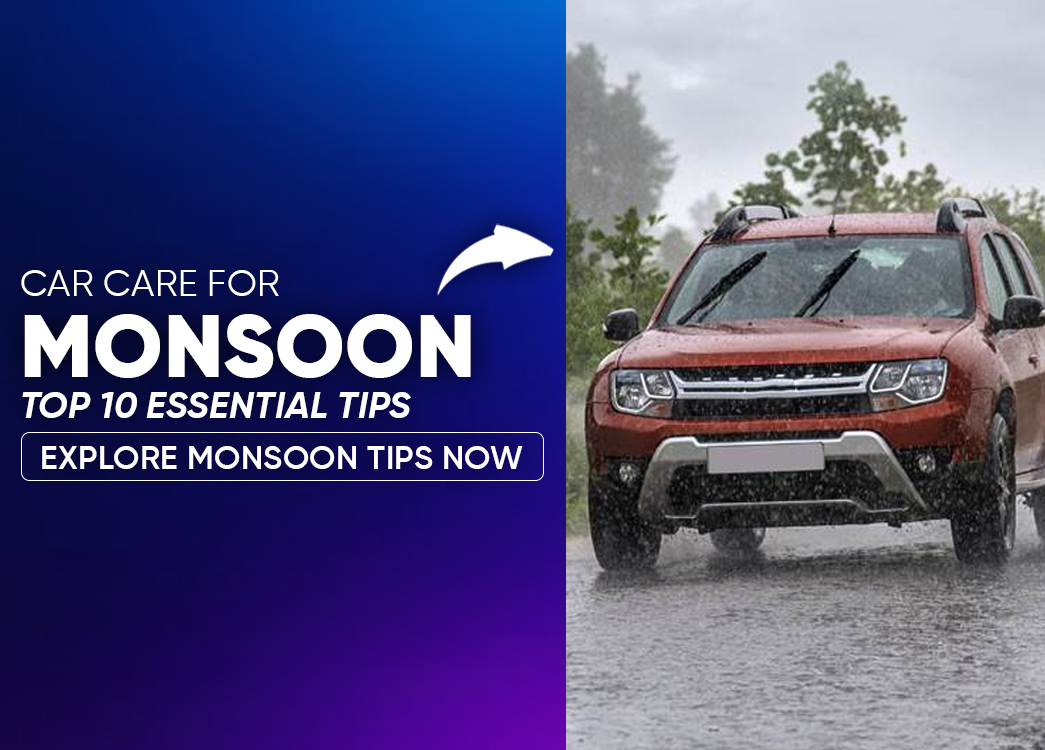
By Chaitali joshi On 08-07-2025 at 11:32 am
Top 10 Car Maintenance Tips to Survive the Monsoon Season
Top 10 Car Maintenance Tips to Survive the Monsoon Season
The monsoon season brings a welcome break from the sweltering heat, cooling things down with refreshing rains. However, it also creates tough challenges for car owners. Heavy downpours, flooded roads, and sticky humidity can harm your vehicle, causing issues like rust, reduced visibility, and mechanical problems if you don’t take care of it. To keep your car running smoothly, looking good, and safe to drive during these rainy months, follow these top 10 car maintenance tips for the monsoon season. These easy-to-follow, expert-approved tips are designed to protect your car from water damage, improve your driving safety, and help avoid costly repairs, ensuring worry-free journeys no matter how wet the weather gets.
1. Check and Replace Wiper Blades
Wiper blades are your first line of defense against heavy rain. Worn-out blades can smear water, reduce visibility, and increase the risk of accidents. Inspect your wiper blades for cracks, tears, or stiffness. If they streak or skip, replace them immediately with high-quality, monsoon-specific blades designed for heavy rain.
Tip: Clean the windshield and wiper blades regularly with a microfiber cloth and windshield washer fluid to remove dirt and debris.
Pro Insight: Replace wiper blades every 6–12 months, or sooner during monsoons, to ensure optimal performance.
Why It Matters: Clear visibility is critical in low-light, rainy conditions, reducing the likelihood of collisions.
2. Ensure Proper Tire Maintenance
Wet roads reduce tire grip, increasing the risk of hydroplaning. Check your tire tread depth using a coin test (insert a 2-rupee coin into the groove; if the tread doesn’t cover the silver rim, replace the tire). Ensure tires are inflated to the manufacturer’s recommended pressure, as underinflated tires worsen traction.
Tip: Rotate tires every 10,000 km to ensure even wear and consider monsoon-specific tires with deeper treads.
Pro Insight: The minimum tread depth for safe monsoon driving is 2.5 mm, but replace tires at 3 mm for extra safety.
Why It Matters: Proper tire maintenance enhances grip, reduces braking distances, and prevents skids on slippery roads.
3. Inspect and Maintain Brakes
Brakes are critical for safe driving in wet conditions, as stopping distances increase on slippery roads. Have your brakes inspected by a professional to check brake pads, rotors, and fluid levels. Listen for squealing or grinding noises, which indicate worn pads needing replacement.
Tip: Avoid sudden braking in the rain; pump brakes gently to dry them if they get wet.
Pro Insight: Brake pads should have at least 3 mm of material remaining; replace them if thinner.
Why It Matters: Well-maintained brakes ensure responsive stopping, preventing accidents in heavy rain.
4. Protect Your Car’s Exterior with Wax
Rainwater, mud, and pollutants can damage your car’s paint and lead to rust. Apply a high-quality car wax or ceramic coating before the monsoon to create a protective barrier. Wax repels water, prevents dirt buildup, and reduces the risk of corrosion.
Tip: Wash your car weekly during the monsoon to remove acidic rainwater and reapply wax every 2–3 months.
Pro Insight: Use synthetic sealants for longer-lasting protection compared to traditional carnauba wax.
Why It Matters: A waxed exterior preserves your car’s appearance and resale value while preventing costly rust repairs.
5. Check and Seal Electrical Systems
Water ingress can damage your car’s electrical components, leading to malfunctions in lights, sensors, or the engine. Inspect wiring, battery terminals, and connectors for corrosion or loose connections. Apply dielectric grease to protect exposed electrical parts.
Tip: Park your car in a covered area to minimize exposure to water and avoid driving through deep puddles.
Pro Insight: Ensure the battery is securely mounted, as vibrations can loosen terminals in wet conditions.
Why It Matters: Reliable electrical systems prevent breakdowns and ensure critical components like headlights function in low visibility.
6. Maintain Air Conditioning and Defoggers
High humidity during the monsoon can cause windshield fogging, impairing visibility. Test your car’s air conditioning (AC) and defoggers (front and rear) to ensure they work efficiently. Replace cabin air filters if they’re clogged to improve airflow.
Tip: Use the AC in recirculation mode with defoggers to quickly clear fogged windows.
Pro Insight: Low refrigerant levels can weaken AC performance; have a technician check and refill if needed.
Why It Matters: Clear windows are essential for safe driving in heavy rain and humid conditions.
7. Inspect Underbody Anti-Rust Coating
Waterlogged roads and mud can accelerate rust formation on your car’s underbody. Apply or renew an anti-rust coating to protect the chassis, exhaust, and suspension components. Inspect the underbody for existing rust and treat it promptly.
Tip: Rinse the underbody with a pressure washer after driving through muddy or flooded roads.
Pro Insight: Anti-rust coatings last 1–3 years; reapply before the monsoon for maximum protection.
Why It Matters: Preventing rust extends your car’s lifespan and avoids expensive structural repairs.
8. Keep Headlights and Taillights in Top Condition
Heavy rain and overcast skies reduce visibility, making functional lights essential. Inspect headlights, taillights, and fog lights for brightness and alignment. Clean lenses with a plastic-safe cleaner to remove haze and replace burnt-out bulbs.
Tip: Use fog lights in heavy rain but avoid high beams, which reflect off raindrops and cause glare.
Pro Insight: Upgrade to LED bulbs for brighter, more energy-efficient lighting in low-visibility conditions.
Why It Matters: Clear, bright lights improve your visibility and ensure other drivers see you, reducing accident risks.
9. Ensure Proper Fluid Levels
Your car relies on fluids like engine oil, coolant, brake fluid, and windshield washer fluid to perform in wet conditions. Check and top up all fluids to manufacturer-recommended levels. Use monsoon-specific washer fluid for better cleaning in muddy conditions.
Tip: Replace engine oil if it’s overdue, as clean oil improves engine performance in humid weather.
Pro Insight: Use synthetic oils for better protection against temperature fluctuations during monsoons.
Why It Matters: Proper fluid levels prevent engine overheating, ensure smooth operation, and maintain visibility.
10. Prepare an Emergency Kit
Monsoon conditions can lead to unexpected breakdowns or stranded situations. Assemble an emergency kit with essentials like a flashlight, first-aid kit, tow rope, jumper cables, umbrella, raincoat, and non-perishable snacks. Keep a fully charged power bank and a car charger handy.
Tip: Store the kit in a waterproof bag and place it in an easily accessible spot, like the trunk.
Pro Insight: Include a tire puncture repair kit for quick fixes on waterlogged roads.
Why It Matters: An emergency kit ensures you’re prepared for breakdowns, floods, or delays, enhancing safety and peace of mind.
Best Waterproof Car Accessories
Shield your car from monsoon challenges with top-tier accessories from best car accessories manufacturers like Kingsway, WeatherTech, and 3M. Kingsway’s waterproof car body cover protects against rain and dust, fitting models like Maruti Suzuki Swift perfectly. WeatherTech’s waterproof floor mats trap mud, keeping interiors spotless. Rain-X’s anti-fog windshield treatments, from a leading best car accessories manufacturer, ensure clear visibility, blending durability and style for rainy drives.
Why Monsoon Car Maintenance Matters
The monsoon season tests your car’s resilience with wet roads, poor visibility, and corrosive elements. Regular maintenance not only ensures safety but also prevents costly repairs and extends your vehicle’s lifespan. By following these tips, you’ll drive confidently through the rain while keeping your car in top condition.
Key Takeaways:
- Prioritize visibility with wiper blades, lights, and defoggers.
- Enhance safety with tire and brake maintenance.
- Protect your car’s exterior and underbody from rust and damage.
- Stay prepared with proper fluids and an emergency kit.
Win a Trip to Thailand with Creckk’s 2025 Shopping Offer
Shop car accessories worth ₹999 on the Creckk app and get a chance to win a fully paid Thailand trip. Learn how to participate, eligibility, and more.
FAQs About Monsoon Car Maintenance Tips
What is the best way to protect my car’s interior during the monsoon?
Use waterproof floor mats and seat covers to shield your car’s interior from mud and water. Keep a microfiber cloth handy to wipe down wet surfaces, and use a dehumidifier or silica gel packs to reduce cabin humidity. Regularly clean and dry the interior to prevent mold and odors. Park in a covered area to minimize water ingress.
How often should I wash my car during the monsoon season?
Wash your car weekly during the monsoon to remove acidic rainwater, mud, and debris that can damage paint and cause rust. Pay special attention to the underbody, as it’s prone to corrosion from waterlogged roads. Use a pH-neutral car shampoo and apply wax every 2–3 months for added protection.
What should I do if my car gets stuck in a flooded area?
Avoid starting the engine if your car is stuck in deep water, as it can damage the engine by sucking in water. Turn on hazard lights, exit the vehicle safely, and call for roadside assistance. If safe, use a tow rope from your emergency kit to move the car to dry ground. After recovery, have a mechanic inspect for water damage to electrical systems and the engine.
Are fog lights necessary for monsoon driving?
Yes, fog lights are highly beneficial during the monsoon, as they improve visibility in heavy rain and foggy conditions. Unlike high beams, fog lights are designed to cut through rain and mist without causing glare. Ensure your fog lights are clean, properly aligned, and functional. If your car lacks fog lights, consider installing aftermarket LED fog lights for better illumination and energy efficiency.
How do I know if my car’s brakes are affected by monsoon conditions?
Wet brakes can reduce stopping power. Signs of brake issues include squealing, grinding noises, or a spongy brake pedal. Test brakes gently after driving through water to dry them. Have a professional inspect brake pads, rotors, and fluid levels before the monsoon to ensure they’re in top condition.
Author
Chaitali joshi
Related posts



